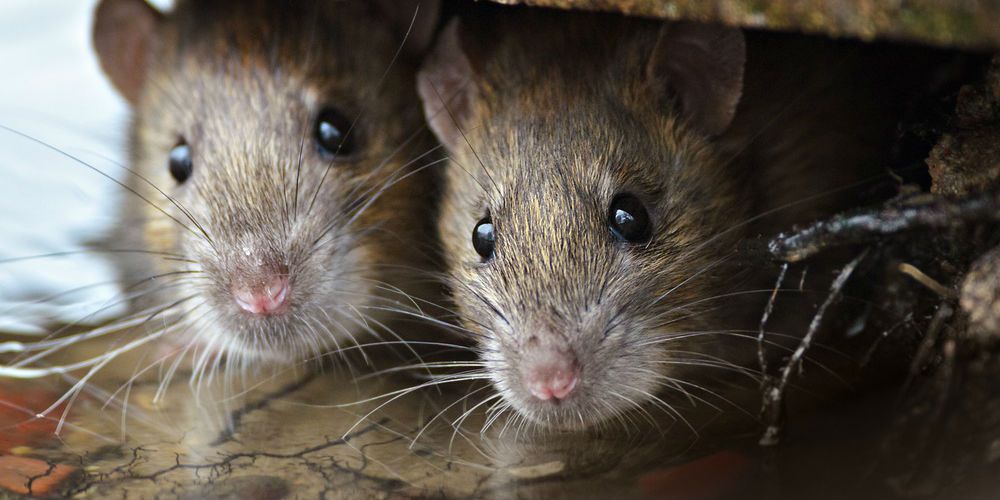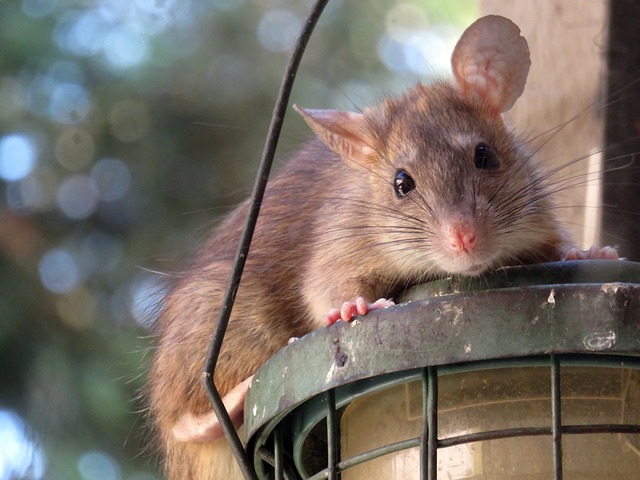It’s always disconcerting when you suspect that there is a pest inside your home. The Roof Rat can infest houses and apartments in many warmer areas; they often find their way into California homes. Wondering if there are roof rats in your attic or walls? Read on to learn more about this tenacious pest.
What’s a Roof Rat?
Roof rats are also sometimes called white-bellied rats, gray-bellied rats, ship rats or Alexandrine rats. These rats are native to Southeast Asia, but have migrated to coastal areas of the US. They are sensitive to cold, but thrive in California’s warm climate.
These rats are similar to Norway rats in many ways, but can be distinguished by their smaller size and slimmer body shape. Because of their large ears and pointed noses, they are sometimes mistaken for house mice.
Many people learn that they have roof rats when they hear them moving inside their walls or their attics. You may also see signs of them in the form of droppings, chewed wood or pipes and tunnels through your insulation. The droppings are shaped like spindles and will reach around a half inch in length.
These rats will form large populations where there are not Norway rats to out-compete them. They reproduce quickly. A female roof rat becomes sexually mature in two to three months. After that, she will have four to six litters a year or five to eight pups each.
Roof rats are nocturnal and are most active right before dawn and after dusk. If you hear or see roof rat activity during the daylight hours, this is an indication that you are dealing with a large population.
Are Roof Rats Dangerous?
Like other rodents, roof rats can harbor diseases that can be transmitted to humans. Infections carried by roof rats can be transferred through physical contact with the rat, bites, droppings or through flea bites.
Fleas can feed on rats and become infected with diseases that include bubonic plague. When the fleas subsequently bite humans, they can transmit the disease to them.
Rat droppings and urine can be a source of hantavirus. This lung disease can be contracted when individuals inhale the dried droppings or urine. While there have not been any known cases of roof rats transmitting hantavirus, the risk of infection calls for caution when coping with a rat infestation.
Roof rats, because of their chewing and burrowing activity, can also cause expensive property damage.
How to Get Rid of Roof Rats
Roof rats like protected and enclosed areas. They are skilled climbers, and will find their way into homes through openings into the attic or along the roof line. They also commonly find their way into homes by following tree branches, pipes and utility lines.
Roof rats are, like Norway rats, cautious and suspicious by nature. Because of this, it can take several days for them to approach traps or bait left for them. Because of the risk of disease, it is important to have a professional deal with a suspected rat infestation. We are experienced in rat removal and rat proofing to get them out and keep them from coming back.









